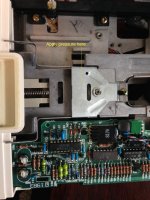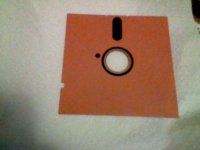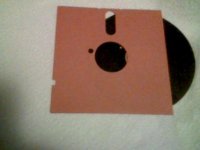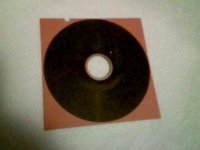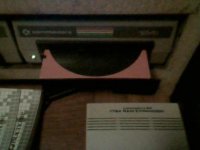Greetings!
A new(old) IIc arrived with the FedEx man today. This is by no means my first time around the block with one of these.
I spent some time testing it out first and found that, while it was pretty dirty, it seemed to be functional. This included booting off of a floppy.
I spent about two or three hours giving it a thorough cleaning, discovering along the way that an earlier IIc keyboard will not work properly in this IIc... The key mapping seems to be completely different. Weird. Anyway, since the really clean keyboard that I had would not work correctly, I thoroughly cleaned the original dirty one.
To bring this long story to a conclusion, I reassembled everything, installing a much cleaner known good floppy from another IIc that had bit the dust. Power on, everything lights up, disk spins... "Check disk drive." Weird. Lots of poking and prodding to no avail, I replace the original (working 2 hours ago) drive and restart. "Check disk drive."
Any ideas??? There are no obvious signs that anything is amiss. The floppy that is refusing the boot is the same one used to test the thing out just a short time ago.
Thanks!
A new(old) IIc arrived with the FedEx man today. This is by no means my first time around the block with one of these.
I spent some time testing it out first and found that, while it was pretty dirty, it seemed to be functional. This included booting off of a floppy.
I spent about two or three hours giving it a thorough cleaning, discovering along the way that an earlier IIc keyboard will not work properly in this IIc... The key mapping seems to be completely different. Weird. Anyway, since the really clean keyboard that I had would not work correctly, I thoroughly cleaned the original dirty one.
To bring this long story to a conclusion, I reassembled everything, installing a much cleaner known good floppy from another IIc that had bit the dust. Power on, everything lights up, disk spins... "Check disk drive." Weird. Lots of poking and prodding to no avail, I replace the original (working 2 hours ago) drive and restart. "Check disk drive."
Any ideas??? There are no obvious signs that anything is amiss. The floppy that is refusing the boot is the same one used to test the thing out just a short time ago.
Thanks!

